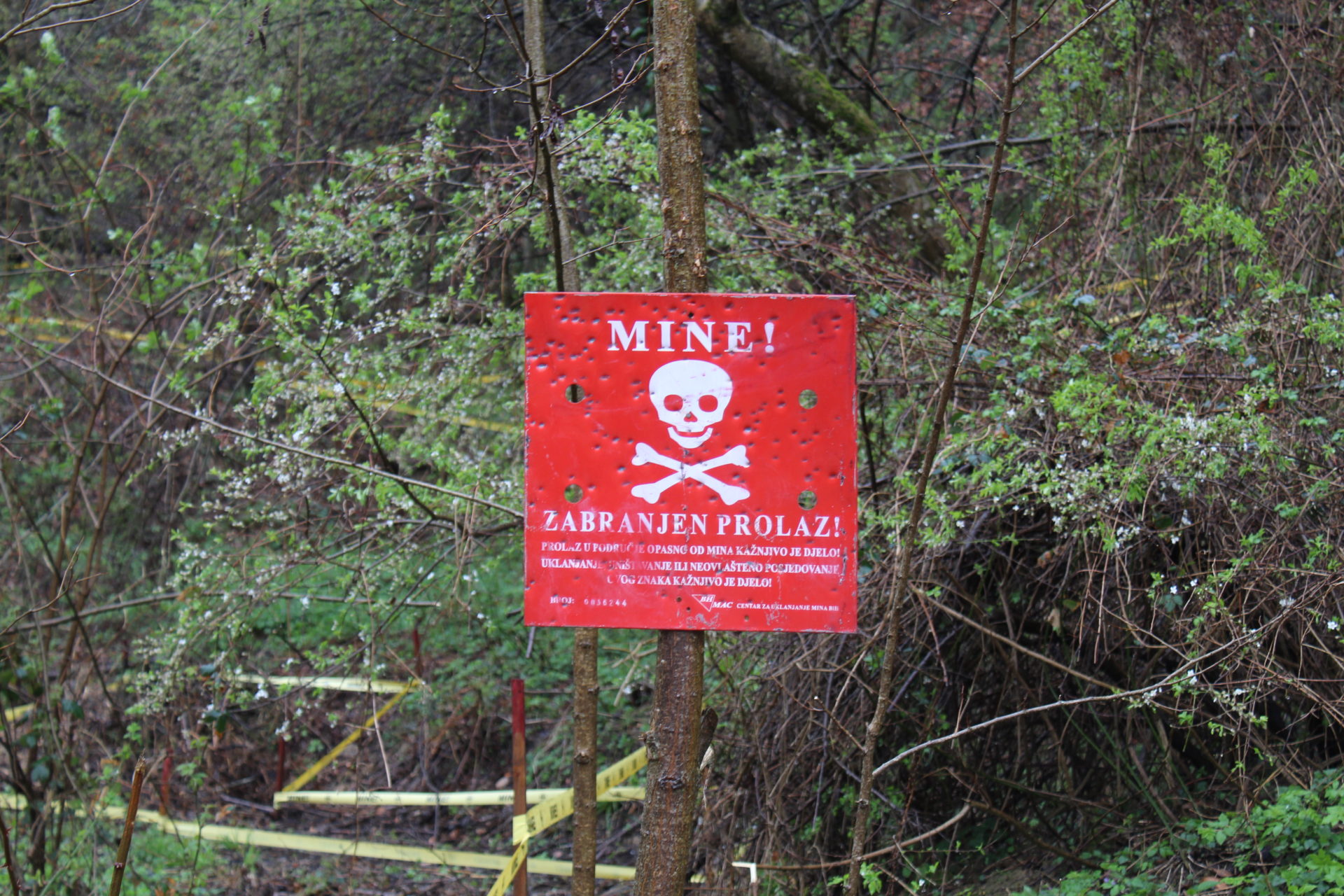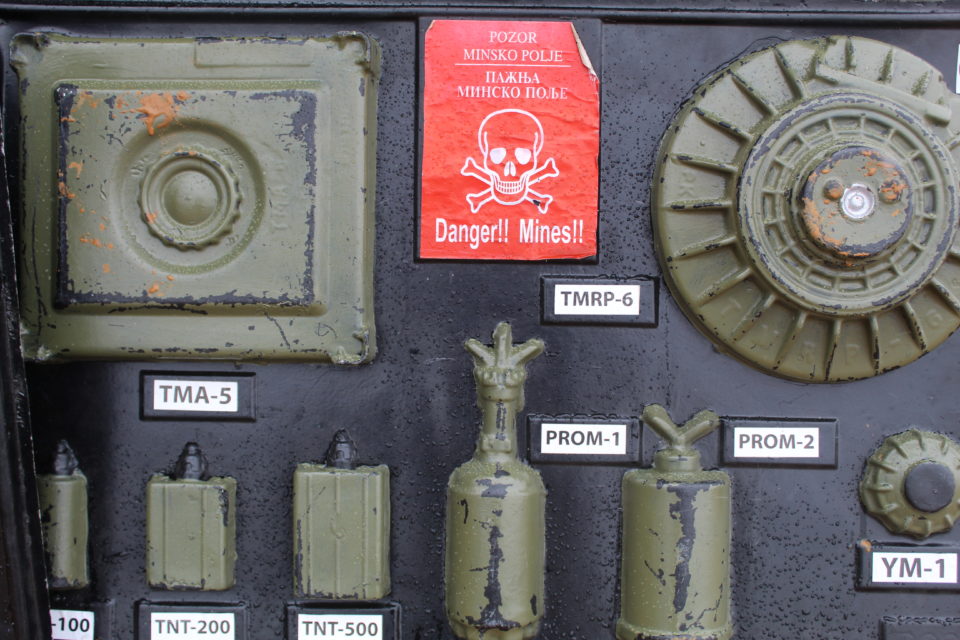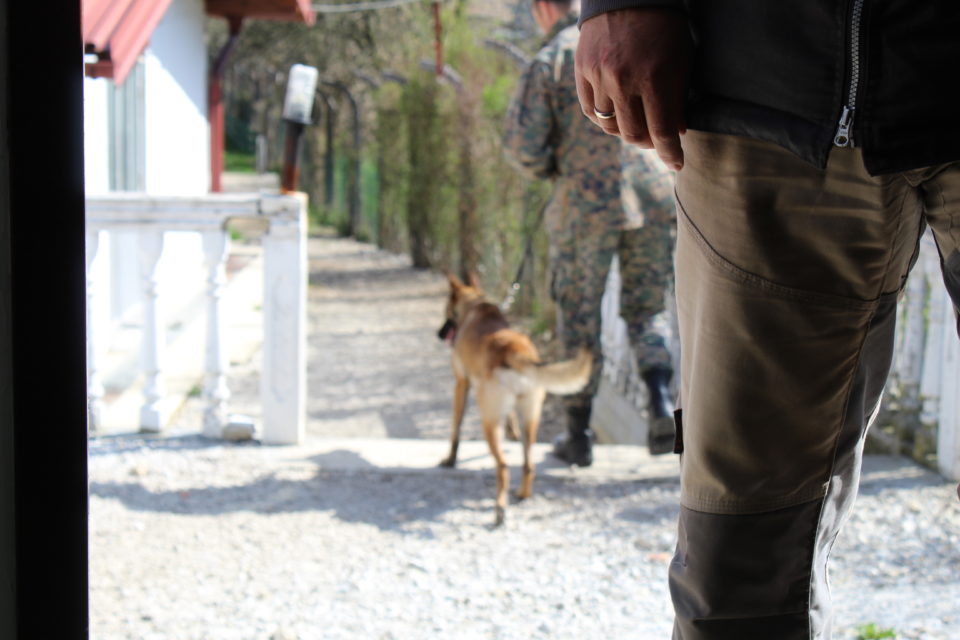
Landmines and shells continue to claim lives in post-conflict Bosnia and Herzegovina. These unexploded materials are remnants of the devastating war in Bosnia, which formally ended with the signing of the Dayton Peace Agreement in 1995.
One Monday morning, on March 20th, 2023, Smajo, a 48-year-old man from Doboj, was walking in the local forest in search of firewood to heat his home. At around 3:10 PM that same day, the Doboj police received a tip about an explosion in one of the minefields on Becanj Hill. Smajo never returned home. An anti-personnel mine had killed him.
“It happens,” says the Norwegian People’s Aid (NPA) demining mission leader in the Sapna area (Tuzla Canton), speaking from the field. “You can walk the same path a hundred times, get used to it, trust your instincts. You can walk for years within two centimeters of an explosive – a mine is no more than ten centimeters – creating a false sense of security. Until the fateful day comes when you set off the mine.”
Since 1995, 1,781 people have fallen victim to landmines in BiH, with 624 fatalities. Today, an estimated 2% of the country is still mined, posing a direct threat to more than half a million citizens. Approximately 80,000 mines are still scattered across the country, making BiH one of the most mine-ridden countries in the world.

Demining efforts in BiH commenced in 1996, initiated by the United Nations (UN), which established a dedicated demining agency. This agency was handed over to the new BiH government as the Bosnia-Herzegovina Mine Action Centre (BHMAC). Working in cooperation with the three armies that had signed the Dayton Peace Agreement, this institution was responsible for identifying mined areas, drawing up action plans, determining protocols, and facilitating and coordinating the intervention of both national and international troops. BHMAC continues to carry out these tasks to this day.
Flooding in the country over the past decade has eroded large tracts of land, washing away ordnance into places not previously identified as hazardous. This has further complicated BHMAC’s mapping and marking efforts.
Neither Reckless nor Fearful
Mine clearance is a complex process involving multiple institutions, a robust workforce, medical professionals, specialized machinery, and substantial sums of money.
NPA deminers, with 25 or more years of demining experience, explain that clearing a minefield requires ten times more effort, resources, and time compared to laying them. While human instinct is to flee from danger, deminers must move towards it in order to neutralize the threat and ensure the safety of others. For this reason, they are widely viewed as heroes.
In freezing temperatures and pouring rain, one NPA demining team based in Kikovi-Zavid tells us how they have suffered the loss of three colleagues in BiH over the years. Most recently, an 18-year-old boy was killed during his first demining mission. He had joined NPA at the encouragement of his father, who was also a deminer in the organization. Since humanitarian demining began in BiH, 53 deminers have died while on duty.
The team leader, in a characteristic display of Bosnian dark humor, describes their mission as “finding the mines before anyone can hear them”.
“Made in Bosnia”
“Many of these bombs were made in Bosnia. They used to be made in factories all over the country. We have a colleague who worked in one of these factories, then participated in mine action missions during the conflict, and now works with us on demining. PROM-1s are lethal, and we unearth them in perfect condition as if they were planted yesterday. That’s why this device is the cause of most of the casualties,” explains Selma Antić, an NPA project manager for risk assessment and education.
This made-in-Bosnia anti-personnel mine was produced during the era of socialist Yugoslavia and can be found in other parts of the world such as Chile, Iraq, and Mozambique. Its deadliest feature is its double detonation system: the first explosion propels the projectile approximately 65 centimeters in the air, whereafter a second explosion implodes the metal body of the mine, fragmenting it into thousands of small projectiles with a range of more than 100 meters.
PROM-1 mines are not the country’s only demining-related output. There are also specialized explosives detection canine units proudly bearing the “made in Bosnia” label. These canines are bred and trained at the NPA’s Global Training Center for Mine and Explosive Detection Dogs, located in Blagovac, near Sarajevo.
During our visit, we were welcomed by Hakon Ovland, one of the center’s founders and its last remaining Norwegian member of staff. He shared the story of the center’s founding in 2004 when the first litter of detection dogs was raised in a house he was renting nearby.
Dogs from Bosnia Ready for Ukraine
Describing the efficiency of this particular breed of canine, Ovland compared them to Formula 1 cars, saying “It’s like they have an extra gear.” He added that even in countries like Iraq, these dogs can cover more than 1,000 square meters in a single day.
“The cost for each dog is $25,000, and on average, it costs one dollar to clear one square meter of land. So, essentially, the cost of the dog is paid off within a month of work, and they have the capacity to work for up to 8 years,” he continued.

One of their teams comprising 15 dogs is ready to be deployed to Ukraine, according to Amer Skenderagić, a trainer at the center with demining experience in Yemen, Cambodia, and Angola. The training process is time-consuming and constant, requiring two years of daily work until a dog is fully operational. The process begins with a 10-week observational period to gauge the puppies’ reflexes before training begins. At the age of 15 to 18 months, they are ready to begin working in minefields. This is followed by three to six months of acclimatization to the specific territory of the country where the demining mission will take place.
Instructors highlight the strong bond that develops between the dog and the handler. They consider the dogs as more than just work partners, crediting them with saving countless lives, including theirs, on numerous occasions.
As the struggle against unexploded mines continues in Bosnia, this painful reminder of war is salt to the wounds of the survivors.
_______________
This article was initially published within the second edition of MIR Magazine (May 2024). MIR, which means ‘peace’ in Bosnian is an annual publication and platform for young inventive people developed by the Post-Conflict Research Center and Balkan Diskurs.






